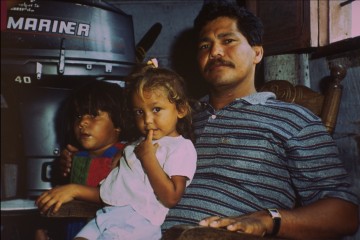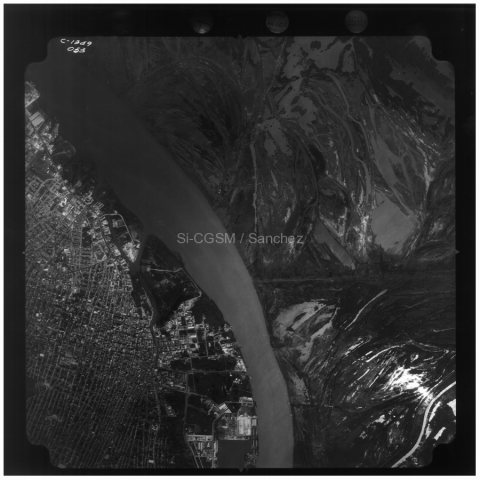http://www.scielo.org.co/scielo.php?pid=S0122-97612003000100014&script=sci_arttext&tlng=pt
The regional differences in the composition of the phytoplankton assemblages in several coastal
lagoons of the “Outer Delta of the Río Magdalena” (Caribbean coast of Colombia) were determined using microscopic counting and HPLC-pigment measurements. The study sites can be classified as 1) a group of limnic lagoons with relatively low (5.5-19 µg/l) chlorophyll a (chl a) concentrations and high inorganic suspension loading, 2) a group of brackish lagoons with high (62-90 µg/l) chl a concentrations and high amounts of organic seston, (two further lagoons form a transition between group 1 and 2, and 3) a fully marine Caribbean bay with very low (0.3 µg/l) chl a and seston concentrations. The regional variations in salinity of the lagoons are due to inflow of water from the Río Magdalena or to inflow of Caribbean Sea water. All lagoons are very shallow (less than 2 m) with small Secchi depths (20 to 30 cm). With the exception of the eutrophic brackish lagoons, where both methods indicated cyanobacteria to be the prevalent algal group, great discrepancies were encountered in all other study sites between the compositions of the algal communities obtained with both approaches. According to the microscopic analysis the phytoplankton of the marine Caribbean bay and the limnic and transient coastal lagoons consisted mainly (in several cases exclusively) of diatoms. The pigment analysis, on the other hand, indicated that cyanobacteria were the dominant algal group in all coastal lagoons, their percentage increased from the limnic over the transient to the brackish lagoons. Fractionated filtration of 14C-labelled phytoplankton revealed that algae of <5µm size in the coastal lagoons contributed 32-88% of the total radioactivity and that algae of >20µm size played only an insignificant role in primary production. Only in the Caribbean bay 14% of the 14CO2 was taken up by organisms >20µm. We assume that the small forms are greatly underrepresented in microscopic observations due to extreme difficulties in identification and counting caused by detritus and/or sediment loadings of the samples. We therefore believe that these small forms (probably mostly picoplanktonic cyanobacteria) are better represented by pigment analysis.


